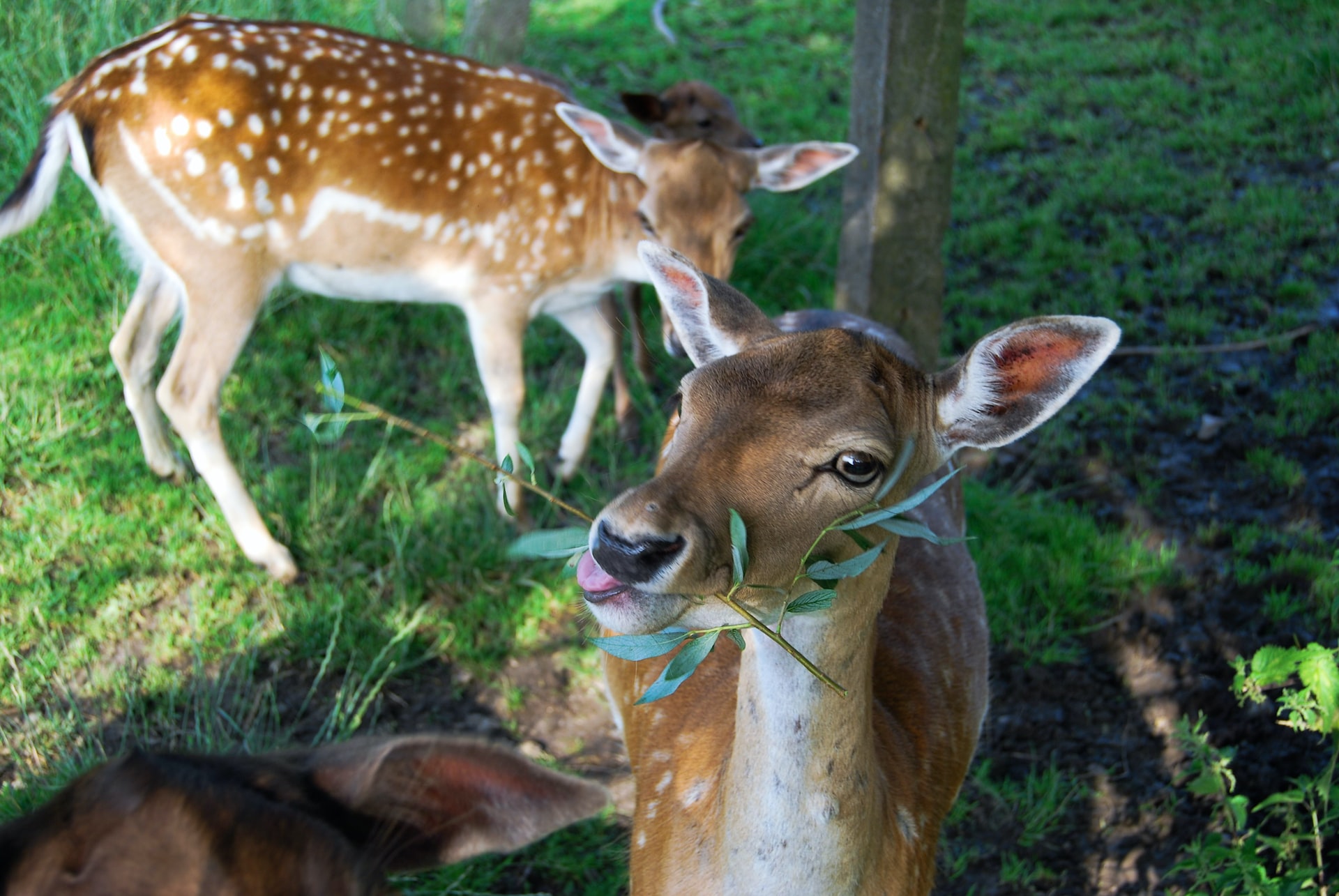What Do Deer Eat? A Comprehensive Guide
White-tailed deer are fascinating creatures that play a vital role in many ecosystems. As herbivores, their diet consists primarily of various plants, including browse, forbs, mast, and grass. Understanding what deer eat and how their dietary preferences change throughout the seasons is crucial for managing and hunting them effectively.In this comprehensive guide, we’ll explore the different food sources that deer rely on, their physical adaptations for eating, and the seasonal variations in their diet. We’ll also provide a table with relevant Wikipedia or .gov links for further information.
Physical Adaptations for Eating
Deer have several physical adaptations that allow them to efficiently select, consume, and digest their food. These adaptations include:
- Specialized teeth: Deer have sharp incisors for cutting vegetation and molars for grinding food.
- Ruminant digestive system: Deer are ruminants, meaning they have a four-chambered stomach that allows them to ferment and break down plant material.
- Prehensile tongue: Deer use their long, flexible tongues to grasp and pull in vegetation.
- Sensitive lips: Deer have highly sensitive lips that help them select the most palatable parts of plants.
Seasonal Food Habits of White-tailed Deer
Deer’s food choices vary throughout the year based on seasonal availability and the nutritional needs of the animal. Let’s explore the different food categories and how they fit into a deer’s diet:
Browse
Browse refers to the leaves, buds, and twigs of woody or semi-woody plants, such as trees, shrubs, briars, and most vines. Browse is a significant component of a deer’s diet, especially during the winter months when other food sources are scarce. However, browse tends to be only moderately preferred due to its higher fiber content and lower digestibility.
Forbs
Forbs are the leaves and stems of non-woody, broad-leaved plants, including “weeds,” some commercial crops (e.g., soybeans), and anything that’s not a browse or grass. Forbs are highly digestible, palatable, and nutrient-rich, making them a major part of a deer’s diet during late spring and summer.
Mast
Mast includes hard or soft fruiting bodies, such as acorns, nuts, berries, and apples. Mast can be a seasonally important energy source for deer, with soft mast supplementing their diet in summer and hard mast playing a significant role from fall into winter. However, mast availability is highly dependent on various factors and can be unpredictable.
Grass
Grass is a less preferred food source for deer compared to browse and forbs. Deer will consume grass, especially in the spring and summer, but it makes up a relatively small portion of their overall diet.
Seasonal Variations in Diet
Deer’s food preferences change throughout the year based on availability and nutritional needs:
- Spring: Deer focus on new growth, including forbs, browse, and soft mast. They need to replenish their fat reserves and meet the demands of lactation and antler growth.
- Summer: Deer continue to consume forbs, browse, and soft mast. They need to maintain their body condition and support fawn growth.
- Fall: Deer shift their focus to hard mast, such as acorns and nuts, which provide a valuable energy source. They also continue to browse on woody plants.
- Winter: Deer rely heavily on browse, as other food sources become scarce. They need to maintain their body condition and conserve energy during the colder months.
Table of Relevant Links
| Topic | Link |
|---|---|
| White-tailed deer diet | https://www.nps.gov/articles/000/what-do-white-tailed-deer-eat.htm |
| Deer digestive system | https://www.canr.msu.edu/news/how_does_a_deer_s_digestive_system_work |
| Deer browse preferences | https://extension.psu.edu/deer-browse-preferences |
| Mast production and deer | https://www.fs.usda.gov/naspf/publications/mast-production-and-deer-relationships-eastern-oak-forests |
| Deer habitat and forage | https://www.nps.gov/articles/000/deer-habitat-and-forage.htm |
FAQ
Q: What is the most important food source for deer?
A: Browse, which includes the leaves, buds, and twigs of woody plants, is the most important food source for deer, making up about 46% of their annual diet on average.
Q: Do deer eat grass?
A: Yes, deer do eat grass, but it makes up a relatively small portion of their overall diet, usually less than 10%. Deer prefer forbs and browse over grass.
Q: Can deer survive on acorns alone?
A: No, deer cannot survive on acorns alone. While acorns are an important food source, providing valuable fats and carbohydrates, deer need a varied diet that includes browse, forbs, and other mast to meet their nutritional needs.
Q: How much do deer eat per day?
A: A deer needs to consume about 6% to 8% of its body weight daily in green foliage and browse to stay healthy. For example, a 150-pound deer would need to eat between 9 and 12 pounds of food per day.
Q: Do deer have a favorite food?
A: Deer are selective feeders and tend to prefer the most nutrient-rich and palatable plants available. However, their favorite food can vary depending on the season, location, and individual preferences. In general, deer seem to favor forbs and soft mast when available.






More Stories
Is there a lifetime limit on epidural steroid injection?
What is Section 20 of the Motor Accident Insurance Act (Queensland)?
Where to Watch USMNT vs Jamaica National Football Team